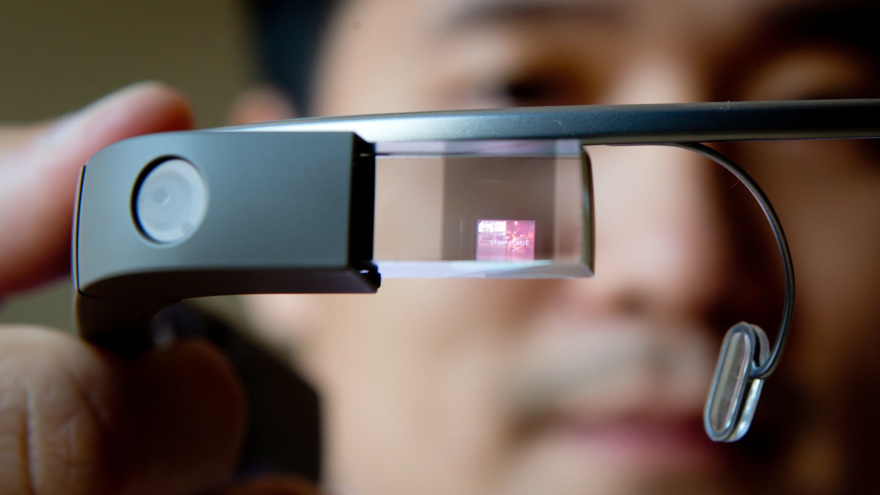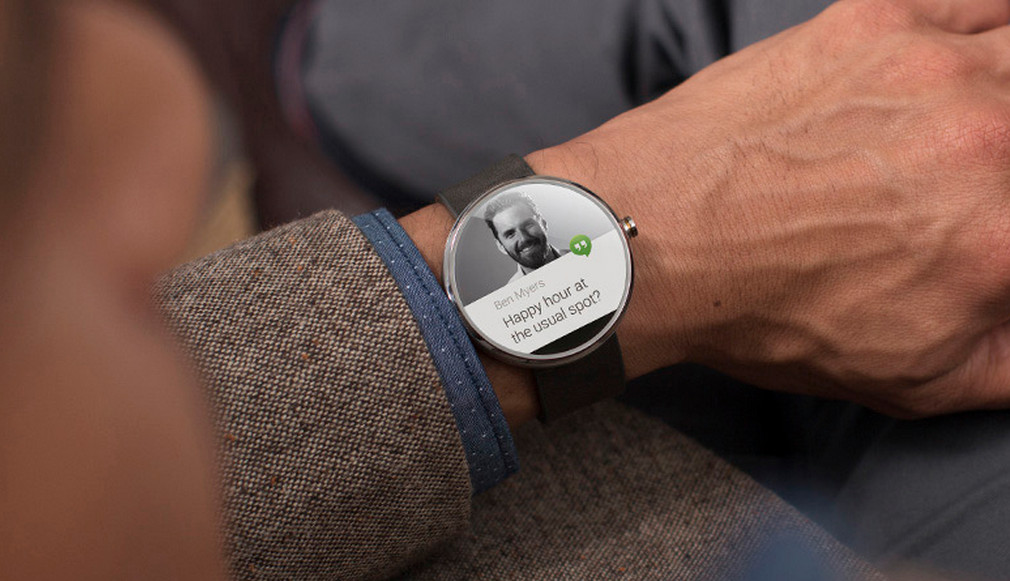In the last few years, businesses have been tackling a new set of privacy and security issues thanks to the Bring Your Own Device (BYOD) trend where employees are increasingly using their personal devices for business use.
But what about the new device trend; wearables? How will wearable devices in the workplace affect a business? Will Wear Your Own Device (WOYD) be an issue?
Forrester, among other analysts, is predicting that 2015 will be the “year of the wearable.” IdTechEx predicts growth from $14 billion in 2014 to over $70 billion in 2024. But the market is just ramping up, and experts are predicting it to be huge, and ubiquitous –while feeding into the larger Internet of Things.
Part of the enthusiasm being generated for wearables is attributed to the much-heralded release of the Apple Watch. And part of it is that these devices are becoming mainstream. This has been brought to the forefront by developments with Google Glass.

Image courtesy of Sensory Motor
Early issues surrounding Google Glass go to the very heart of the wearable debate: there are real concerns that the person talking to you and wearing the Glass could be recording everything. Taken into the workplace, Glass could be used to look at valuable corporate information or record a private conference meeting. Not to mention the company workout room and locker room!
My husband Bob, who was an early Samsung X watch adopter, likes to amuse dinner guests with demos of how he can video them with his watch without them having a clue… While his and the first “smart watches” were clunky, increasingly they are being designed to be smaller, cooler, and…well, look like any other watch.
Google and Apple are just two examples of the first wave of wearable tech; there’s also the Moto 360, Samsung Gear, and start-up players like Pebble with plenty more in development. In the next wave, experts envision devices being woven into clothing, placed in jewelry and bracelets, available as a skin patch, and other weird and wonderful ideas.

Image courtesy of Independent
Privacy issues aside, there’s security to consider as well. Wearables run on software and software can be vulnerable to attack. In the case of Glass, you could foresee an attack that grants the hacker with a view of everything you’re seeing. Scary, right? For these and other reasons, some government agencies and other high-security-risk workplaces have banned Glass.
Of course, everyone can see if you’re wearing Google Glass. But as wearable devices get harder to spot, privacy risks go up. So as an employer, manager, enterprise expert, or small business owner, what can you do to maintain security and safety? Banning WYOD all together doesn’t appear to be a sensible option, and as a matter of fact may put your business at a disadvantage.
So, it’s a good idea to start putting policies in place. If you develop a good BYOD policy you’ll be in good shape for WYOD.
Here are a few areas to consider in expanding your BYOD policy for WYOD:
- The types and acceptable use of personal devices by employees — whether wearable or not
- How these personal devices will be monitored while in the office
- Stipulation for use of company-owned BYOD/WYOD devices outside the office
- Enhanced/expanded social media policy to include BYOD/WYOD
- Details on penalties for violating the device policy
For more help creating a device policy for your business, check out our Small Business Digital Policy eBook.
I certainly don’t want to be all gloom and doom about wearable devices. I believe they can do great things in the workplace. For example, Boston’s Beth Israel Deaconess Medical Center has developed a custom retrieval system for Google Glass, which allows an ER doctor to look up specific information about patients by using Google Glass to scan a Quick response (QR) code on the wall of each room.
Salesforce this summer announced the Salesforce Wear Developer Kit, a set of resources designed to help developers build apps that integrate with Salesforce service for such wearable devices as smart watches, smart glasses, smart armbands and biometric authenticators. Clearly we’re at the cusp of a WYOD evolution (I hesitate to call it a revolution).
It’s only natural that wearables are bleeding into the workplace.
And like any new technology in the workplace, it’s all about preparing for it and using it in the right way.